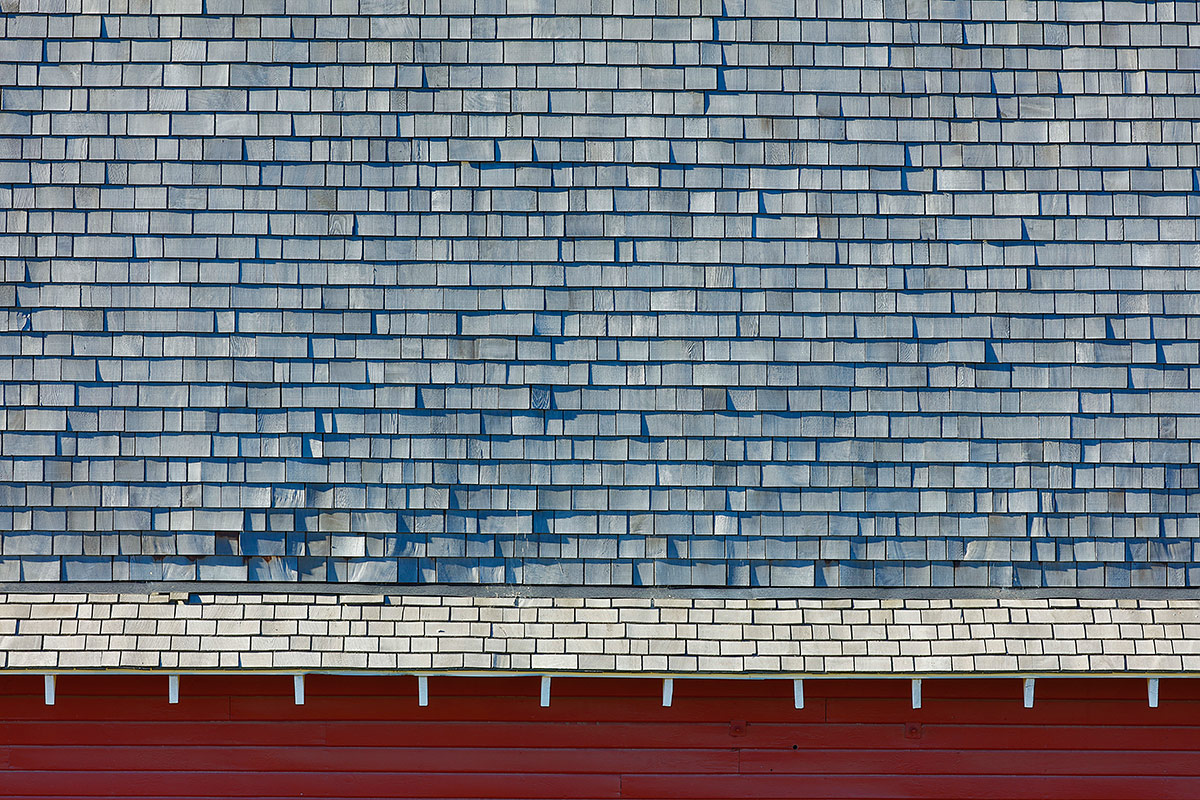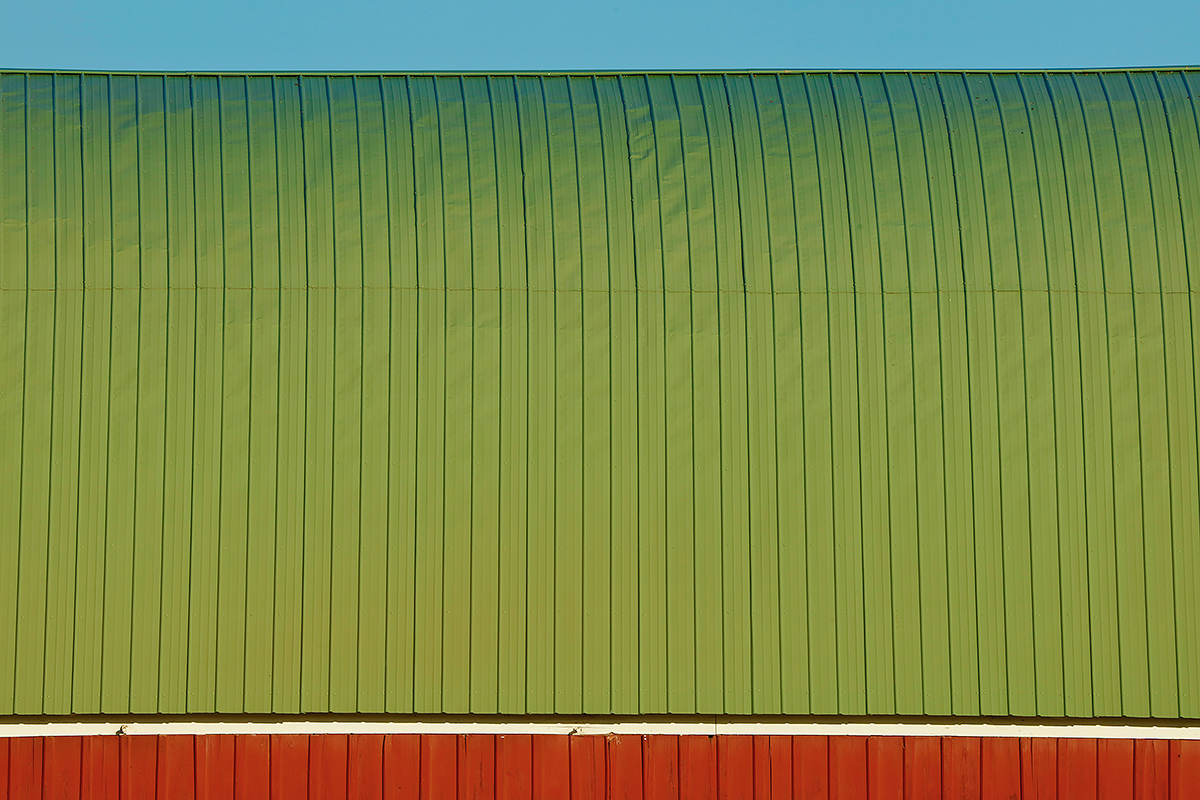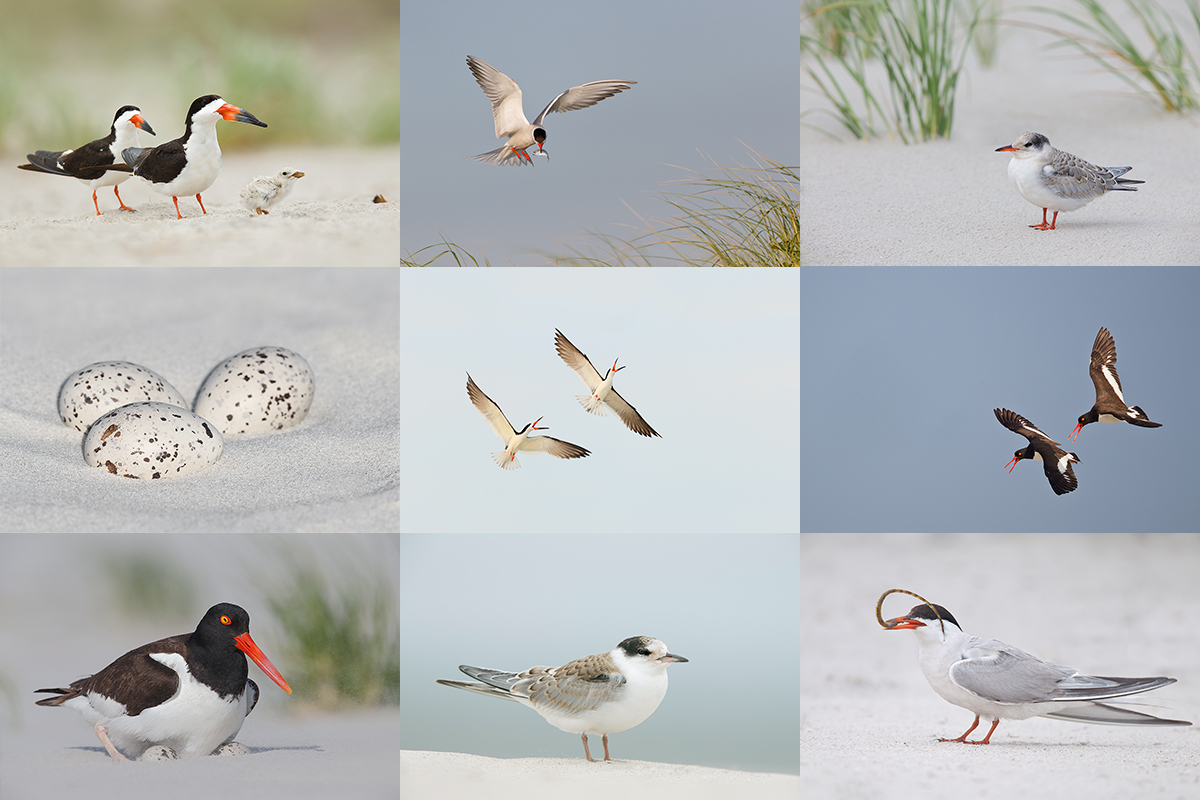What’s Up?
On Thursday, June 9–our second day off between IPTs–Denise Ippolito and back-to-back IPT-er Gary McDavid both opted to sleep in. Unable to sleep, I headed out at about 4am. Though there was no sunrise color I had a great morning photographing a traditional afternoon barn in pre-dawn light and then finding the barn in Image #2. The three of us headed out early to take advantage of a sky full of puffy white clouds.
We meet the second Palouse IPT group this evening.
The Streak
Today’s blog post marks a totally ridiculous 215 days in a row with a new educational (and fun) blog post. And I still have dozens of new topics to cover; there should be no end in sight until my big South America trip next fall. As always-–and folks have been doing a really great job recently–-please remember to use our B&H links for your major gear purchases. For best results use one of our many product-specific links; after clicking on one of those you can continue shopping with all subsequent purchases invisibly tracked to BAA. Your doing so is always greatly appreciated. Please remember: web orders only. Please remember that if you are shopping for items that we carry in the BAA Online Store (as noted in red at the close of this post below) we would appreciate your business.
|
This in-camera HDR Art Vivid image created on the third morning of the first Palouse IPT with the Induro GIT 304L/Mongoose M3.6-mounted Canon EF 200-400mm f/4L IS USM Lens with Internal 1.4x Extender (at 200mm) and the mega mega-pixel Canon EOS 5DS R. ISO 400. Evaluative metering +/-2 stops around a base exposure of +1 stop: 1/40 sec. at f/16. WB = 5000K. Live View with 2-second timer. Image #1: Grey shingle roof of red barn |
Roofie
As you learned in the “A Contrast in Style…s” blog post here, I tend to work with long focal lengths in an effort to create quasi-abstract images. And I have always loved having a strip of color along the bottom frame edge to anchor the composition.
|
This in-camera HDR Art Vivid image was also created early on Thursday morning with the with the Induro GIT 304L/Mongoose M3.6-mounted Canon EF 200-400mm f/4L IS USM Lens with Internal 1.4x Extender (with the internal TC engaged at 420mm) and the mega mega-pixel Canon EOS 5DS R. ISO 400. Evaluative metering +/-2 stops around a base exposure of +1/3 stop: 1/60 sec. at f/16 in Av mode. WB = 5000K. Live View with 2-second timer. Image #2: Curved green roof of red barn |
Your Favorite?
Which of today’s images is your favorite? Which color scheme do you like best? Be sure to let everyone know why you made your choices.
|
From upper left clockwise to center: Black Skimmer head portrait, American Oystercatcher dining on surf clam flesh, Common Tern at sunset, Common Tern adult swallowing flatfish, Black Skimmer in flight, newborn Common Tern chick, American Oystercatcher with chick, fresh juvenile Common Tern (with fill flash), and Common Terns copulating. |
Nickerson Beach Terns/Skimmers/Oystercatchers Instructional Photo-Tour (IPT): July 18-22, 2016. 4 1/2 DAYS: $1899. Limit 10/Openings 7.
Meet and greet at 3pm on the afternoon of Monday, July 18. Limit 10.
The primary subject species of this IPT will be the nesting Common Terns. The trip is timed so that we will get to photograph tiny chicks as well as fledglings. There will be lots of flight photography including adults flying with baitfish. Creating great images of the chicks being fed is a huge challenge. In addition to the terns we will get to photograph lots of Black Skimmers courting, setting up their nesting territories, and in flight (both singles and large pre-dawn flocks blasting off). Midair battles are guaranteed on sunny afternoons. And with luck, we might even see a few tiny chicks toward the end of the trip. We will also get to photograph the life cycle of American Oystercatcher. This will likely include nests with eggs and tiny chicks, young being fed, and possibly a few fledglings.
Nesting Piping Plover is also possibly. There will be lots of gulls to photograph; most years I am able to find a few Lesser Black-backed Gulls of varying ages in addition to the Herring, Ring-billed, and Great Black-backed Gulls. You will learn to identify and age the various gull species. There will likely be some Willets feeding along the surf and with luck we might get to photograph a handsome juvenile or two. In addition to the locally breeding shorebirds, we will likely get to see some southbound migrant arctic-and sub-arctic breeding shorebird species such as Sanderling, Semipalmated Plover, and maybe even Red Knot.
|
From upper left clockwise to center: Black Skimmers with tiny chick, Common Tern landing with baitfish for young, fledged Common Tern chick in dunes, American Oystercatchers/display flight, adult Common Tern with pipefish for chick, Common Tern fledgling in soft light, American Oystercatcher on nest with eggs, American Oystercatcher 3-egg clutch, battling Black Skimmers. |
The IPT Logistics
The tour will begin with a meet and greet on the afternoon of Monday, July 18, 2016. That will be followed by our first shooting session at the beach. From Tuesday through and including all of Friday we will have two photography sessions daily. Our morning sessions will start very early so that we are on the beach well before sunrise. We usually photograph for about four hours. Then we will enjoy a group brunch. We will always have a midday break that will include a nap for me. That followed by our daily afternoon classroom sessions that will include image review, workflow and Photoshop, and a review/critique of five of your trip images. Folks are always invited to bring their laptops to brunch for image sharing. I always have mine with me but heck, I am a big show-off. Afternoon in-the-field sessions generally run from 5pm through sunset.
Breakfasts are grab what you can. Four brunches are included. Dinners (if at all) will be on your own as we will often get back to the hotel at about 9pm. There is a fridge in every room and a supermarket within walking distance of the hotel so nobody should starve. You will learn a ton during the nine shooting sessions, the four in-classroom sessions, and even at lunch. Early morning and late afternoon parking is free. If we want to head back to the beach early we will need to arrange tight carpools and share the $30/vehicle parking fee. Non-photographer spouses, friends, or companions are welcome for $100/day, $450 for the whole IPT.
Save a space by calling Jim or Jen at the office at 863-692-0906 and arranging to leave your deposit of $599–credit cards are accepted for deposits only. Your balance will be due on April 18, 2016. I hope that you can join me for what will be an exciting and educational IPT.
Please Remember to use our Affiliate Links and to Visit the New BAA Online Store 🙂
To show your appreciation for my continuing efforts here, we ask, as always, that you get in the habit of using my B&H affiliate links on the right side of the blog for all of your photo and electronics purchases. Please check the availability of all photographic accessories in the New BIRDS AS ART Online Store, especially the Mongoose M3.6 tripod head, Wimberley lens plates, Delkin flash cards and accessories, and LensCoat stuff.
As always, we sell only what I have used, have tested, and can depend on. We will not sell you junk. We know what you need to make creating great images easy and fun. And we are always glad to answer your gear questions via e-mail.
I would of course appreciate your using our B&H affiliate links for all of your major gear, video, and electronic purchases. For the photographic stuff mentioned in the paragraph above we, and for everything else in the new store, we, meaning BAA, would of course greatly appreciate your business. Here is a huge thank you to the many who have been using our links on a regular basis and those who will be visiting the New BIRDS AS ART Online Store as well.
Be sure to like and follow BAA on Facebook by clicking on the logo link upper right. Tanks a stack!
Typos
In all blog posts and Bulletins, feel free to e-mail or to leave a comment regarding any typos or errors. Just be right 🙂


















I love both images, including the colors. If I HAVE to pick–and you say I do–I slightly prefer the second one because I love the curve of the roof, particularly through the long telephoto.
I like them both, but if I have to choose one I will pick the second. The simplicity of the lines wins the day over the busyness of the shingles. I also prefer the color intensity of the second, the shingles look a bit washed out to me.
I like the first one a lot more. I like the colors of both about equally, but the textures/lines of the first are a lot more interesting to me. I like the irregularity of the shingle roof more than the strict geometry of the green one.
The sidelight on the shingles accentuated the texture.
a
try this link for ACR and DNG update for Mac
https://www.adobe.com/support/downloads/product.jsp?platform=Macintosh&product=106
I like the first one the best. The way some of the shingles are coming up gives it more of a three-dimensional quality which is nice. More texture in this image too which I prefer. Like the old, weathered look too. I also prefer this color scheme to the green and blue and red one (and normally, I really like greens and blues).
Red, white and blue for No. 1 and RGB for No. 2. I like them both for the lines and being abstract.
You could almost call the first image, red/white/blue.
In fact, if you really wanted to play with peoples’ minds,
turn the image upside down.
But my favorite is the second one. Love the contrasting
colors. The lines are nice and straight, except as it gets
toward the top. Pretty cool.
Doug